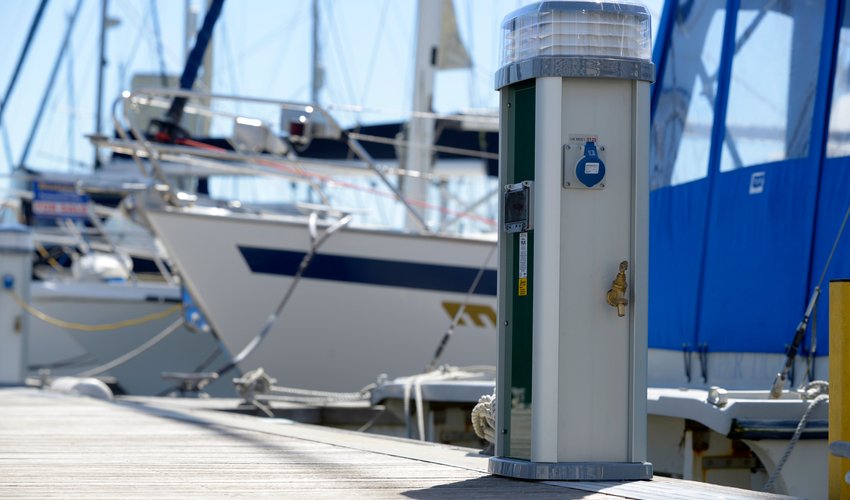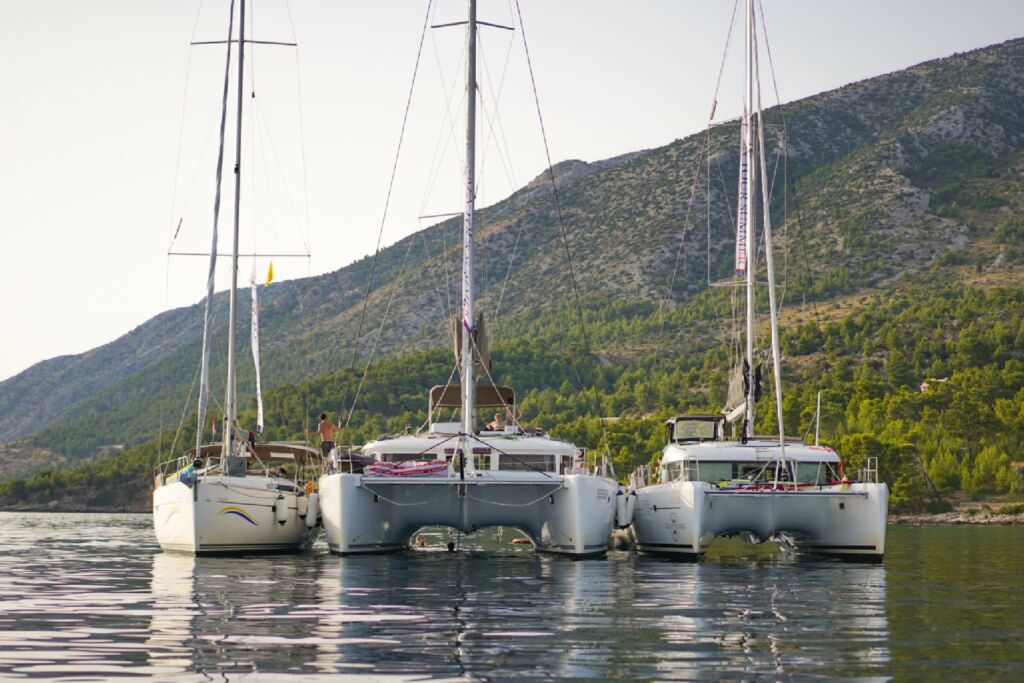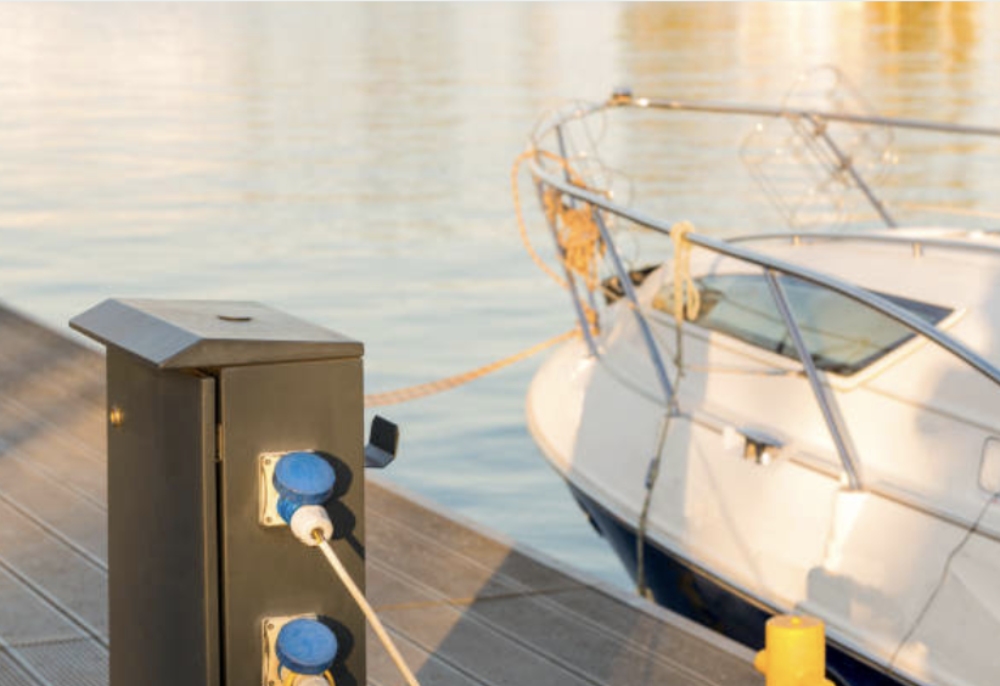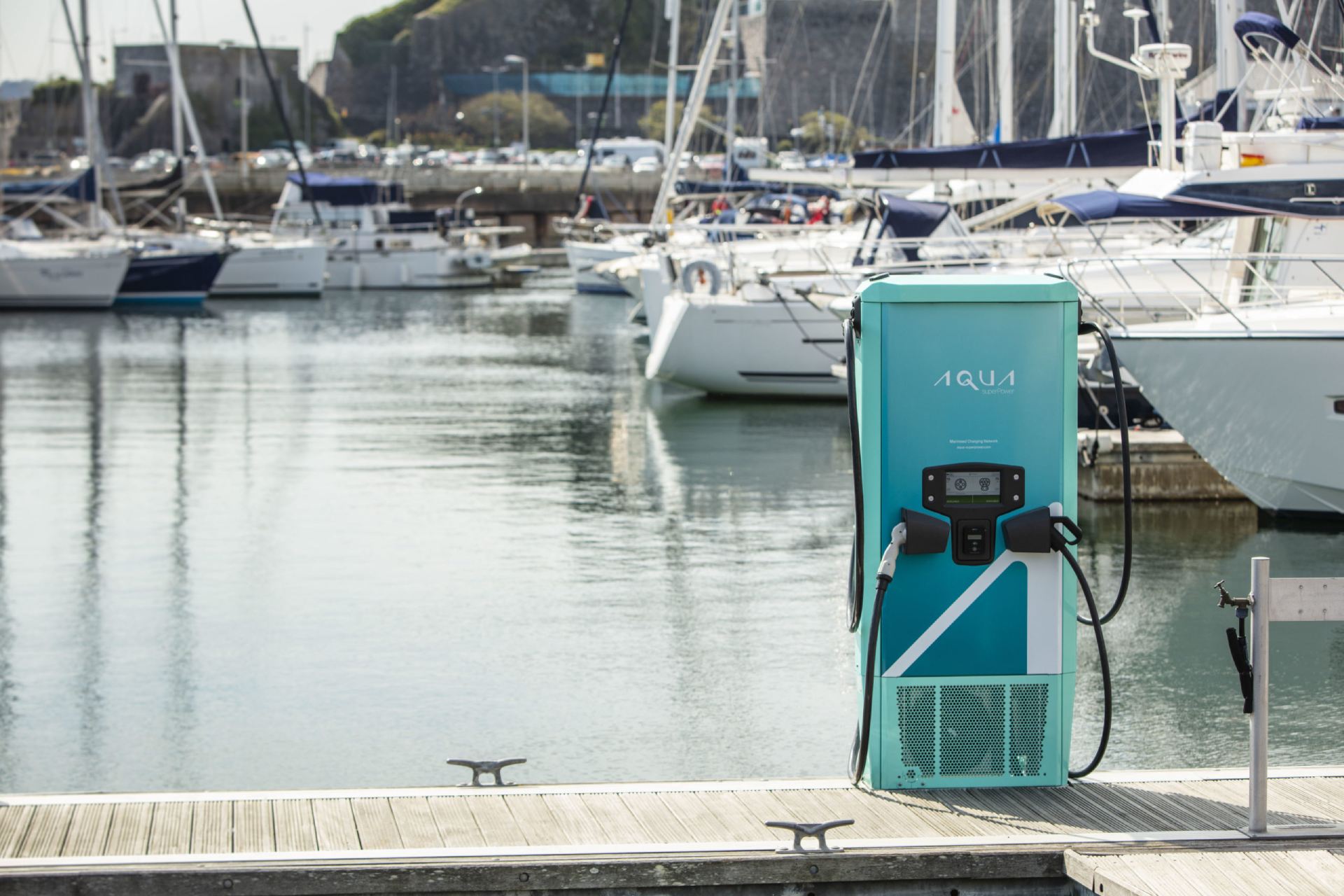Electricity on board? How and when do the sockets work on a sailboat?
During a multi-day sailing or catamaran trip, you will come across a few situations in which you have to adapt to fully enjoy the trip.
One of these situations may or may not be the use of electricity on board.
When this is the case and when it is not, as well as the answers to all questions related to electricity on board, you will find out in the following blog.
To know how to distinguish the utility of electricity on board, we must separate the higher voltage current (220V) from the low voltage (12V).
Higher voltage electricity (220-230V) is required for the following to function:
• Small household appliances (toaster, coffee maker, ice maker, iron, microwave oven, kettle,…)
• Laptop charger
• Hair dryer and hair iron
• Oxygen masks for sleeping – some guests use them due to health issues and also need to be plugged into higher voltage outlets
• Similar devices that we are used to using in our daily tasks.

In addition to various devices, the vast majority of vessels still require a voltage of 220V to use the air conditioning on board.
Recently, vessels that use low voltage for air conditioning have appeared on the market, but such vessels are still very rare.
There are three main ways in which you can have high voltage on board:
1) Direct cable connection with a socket on land
2) The on-board generator that produces 220V is switched on
3) Inverter

The direct connection to the mainland is most often connected in marinas when the boat is tied to a pontoon or quay that has connections for electrical cables.
In this case, all sockets on the boat have 220V and all devices can be switched on normally.
The generator on board is not standard equipment, and in addition to its great advantages, it also has some disadvantages.
The main advantage of the generator is certainly the availability of 220V at all sockets, as well as air conditioning on board in all remote bays and locations.
A generator is also necessary if the ship has a desalinizer (Watermaker), which turns seawater into drinking water that is filled into the boat’s tanks.
Disadvantages of generators include the initially higher price for renting a boat with a generator and higher fuel consumption during generator operation (depending on the power of the generator 3-5L/hour) and the noise produced by the generator itself.
The inverter converts low voltage into a high voltage on one socket on the boat, and then this socket can be used for weaker devices that need 220V (for devices and chargers with a power of around 700W).
Of the devices that require a lower voltage (12V), the most used is certainly the mobile phone, which can be charged via a 220V adapter, but also without an adapter via a USB cable directly to a lower voltage.
Some of the additional devices that can be charged at a lower voltage are:
• Small portable speakers
• Electric cigarettes
• Portable mobile phone chargers

The low voltage on board is also used for lighting on board, signaling during navigation, speakers, working of refrigerators and freezers (the biggest consumers), functioning of electric toilets and the like, which is why the boat must have a sufficient level of electricity in the batteries at all times.
In case of a drop in the level of electricity, the sensor will turn on an alarm and show a notification to the skipper to take action to bring the electricity to a normal level.
There are several ways to charge electricity into batteries:
1) The fastest way is certainly to connect the boat to a 220V land socket.
For this reason, when the boat is moored in a marina with an electrical connection, the skippers run colorful cables from the boat to the junction box (in jargon – penguin) on the quay or pontoon.
2) During the use of the boat’s engine, the batteries are also charged with electricity.
Occasionally you will hear boats next to you on a buoy or anchor firing their engines in place.
Now you know why 😊. If the level of electrical energy in your batteries drops, 15-20 minutes at 1500 RPMs of the engine in neutral should be enough.
3) Solar panels are the simplest and greenest way.
By themselves, they are not standard equipment for all boats in Croatia, but some charters include them in the boat’s equipment. In most cases during the trip, solar panels ensure carefree navigation without thinking about the consumption of electrical instruments, lighting, refrigerators or speakers on board.

4) Turning on the generator on board that produces 220V.
5 tips for saving electricity on board:
1) Turn off the lights in the cabins, saloon and cockpit when not in use
2) Reduce the power of the refrigerator and open it as rarely as possible
3) Play music from a portable speaker
4) Use the inverter as little as possible
5) Bring portable batteries for charging speakers, cell phones and other smaller devices
When choosing the ideal boat for a trip, it is necessary to take into account the needs of the crew and the change in the price of the vessel depending on the extras that the vessel offers.
If you need help choosing the ideal boat for your trip or if you have additional questions, feel free to send them via email and we will be happy to answer them!



[…] remained on boats primarily due to their practicality and energy efficiency (they do not consume electricity on board, for which it is usually necessary to be tied up on shore). The oven is also gas, so you […]